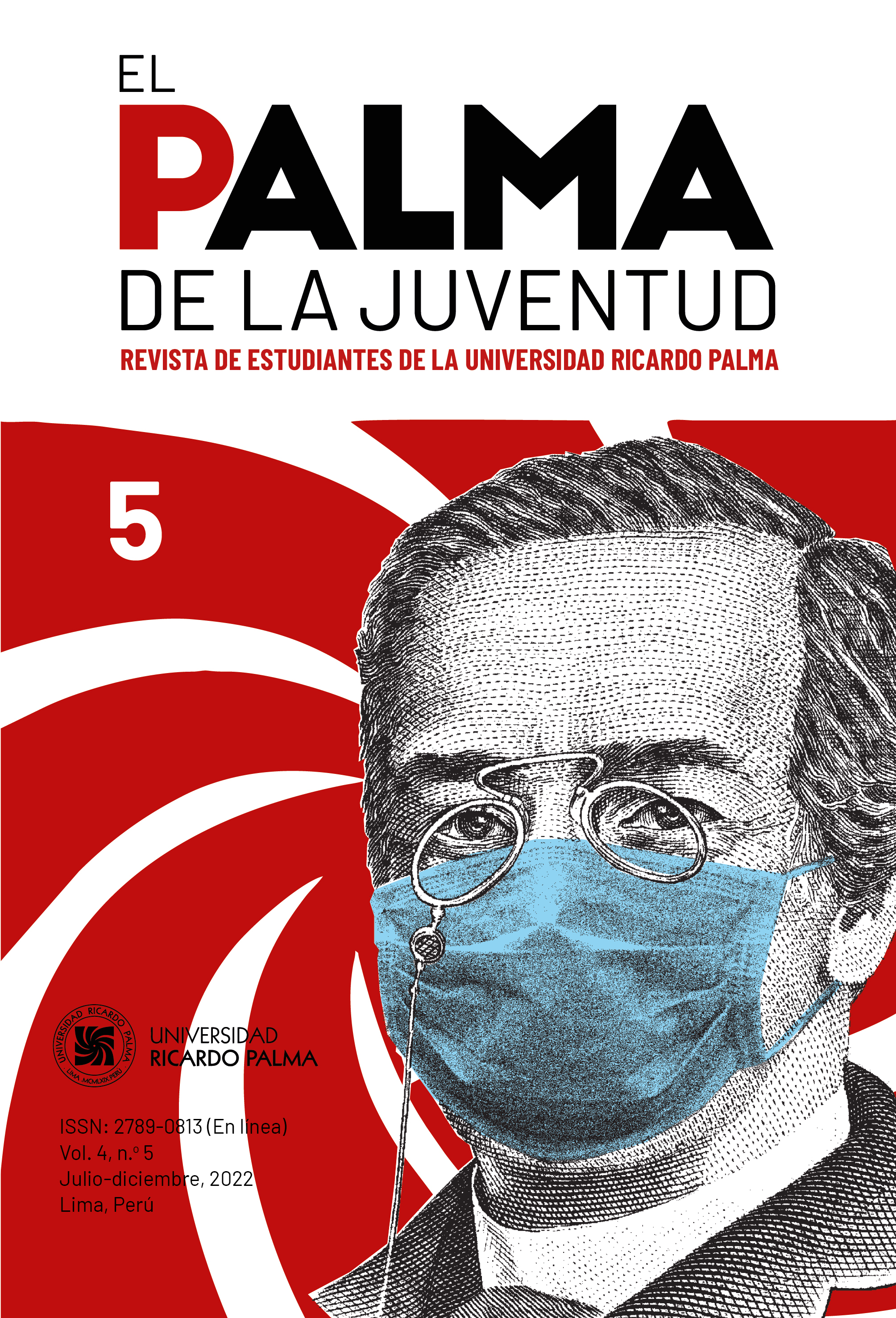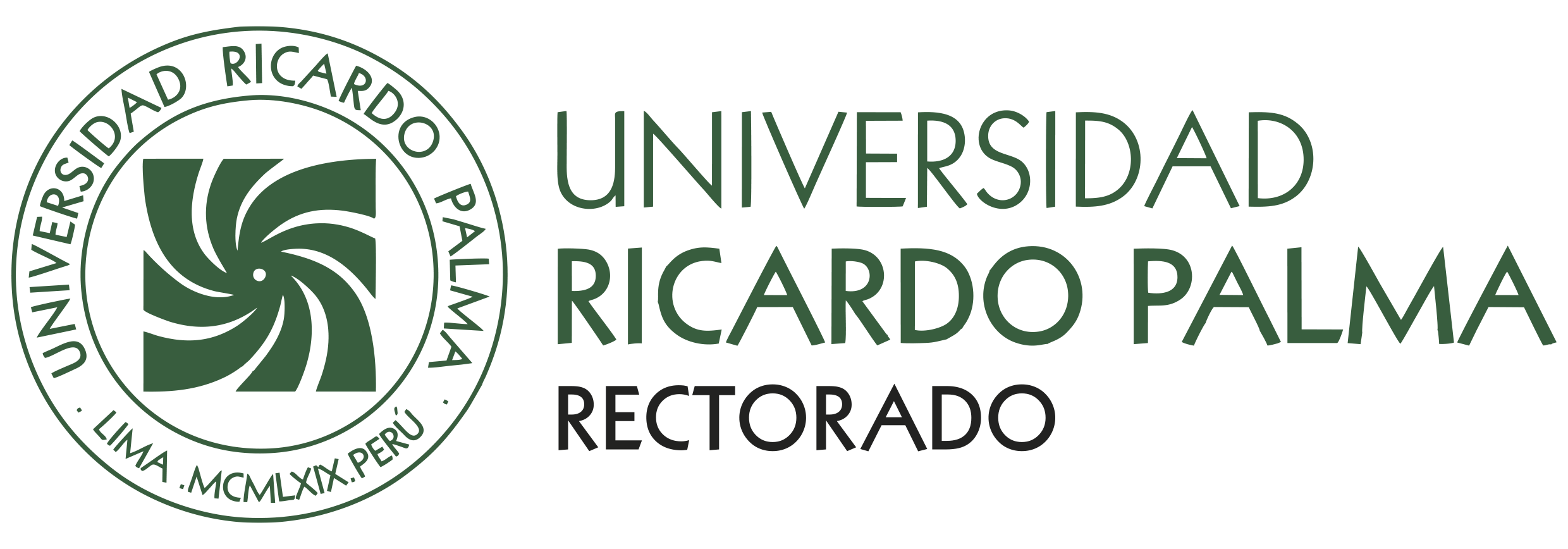Partiality towards women of color because of their gender role in Roque Moreno by Teresa González de Fanning
DOI:
https://doi.org/10.31381/epdlj.v4i5.5129Keywords:
Teresa González de Fanning, Roque Moreno, racism, gender rolesAbstract
This article will analyze the biased position that the writer Teresa González de Fanning has with her character Chavelita, who is a woman of color that is part of the nineteenth-century novel Roque Moreno. We propose that this bias is because Chavelita fulfills the feminine-domestic ideal that the writer defended and professed from her position as an enlightened woman.
References
Balta, A. (1998). Presencia de la mujer en el periodismo escrito peruano (1821-1960). Universidad de San Martín de Porres.
Fell, E. M. (1999). La pluma y la aguja: familia, mujer y educación en el Perú de fines del siglo xix. En P. G. Aizpuru (coord.), Familia y educación en Iberoamérica (pp. 249-266). El Colegio de México.
González, T. (2019). Roque Moreno. Stockero.
Leonardo, R. (2016). Representación, estereotipo y cuerpo afrodescendiente en Roque Moreno, de Teresa González de Fanning. Cuadernos Literarios, 10(13), 113-136. https://cuadernos.ucss.edu.pe/index.php/cl/article/view/21/18
Skinner, L. J. (2000). Constructions of Domesticity in NineteenthCentury Spanish America. Hispanic Journal, 21(2), 409-420. https://scholarship.claremont.edu/cgi/viewcontent.cgi?article=1374&context=cmc_fac_pub
Downloads
Published
How to Cite
Issue
Section
License
Copyright (c) 2022 Isis A. Santoni Morro

This work is licensed under a Creative Commons Attribution 4.0 International License.
La revista utiliza una licencia Creative Commons para mostrar a los lectores y usuarios cómo se pueden utilizar los contenidos publicados.
Los contenidos publicados en esta revista están bajo una licencia CC-BY 4.0. Esta licencia permite:
- Compartir, copiar y redistribuir el material en cualquier medio o formato.
- Adaptar, remezclar, transformar y construir a partir del material para cualquier propósito, incluso comercialmente.
Bajo los siguientes términos:
- Atribución. Usted debe dar crédito de manera adecuada, brindar un enlace a la licencia, e indicar si se han realizado cambios. Puede hacerlo en cualquier forma razonable, pero no de forma tal que sugiera que usted o su uso tienen el apoyo de la licenciante.










